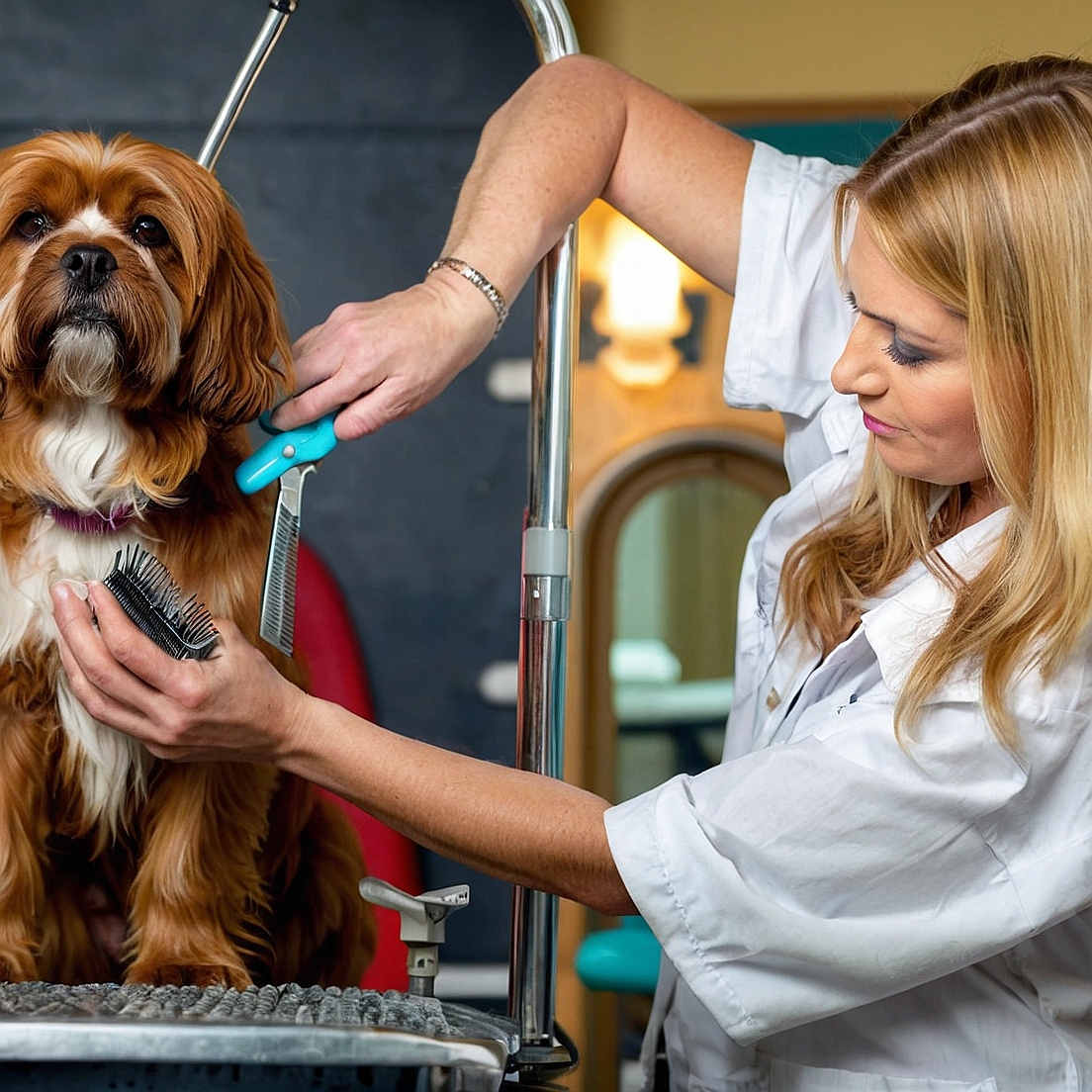When it comes to breeding puppies, selecting the right breeding pairs is crucial to produce offspring that meet specific grooming needs. Different breeds have unique coat types, textures, and requirements, and breeders must carefully consider these factors when choosing breeding pairs. In this article, we will delve into the process of selecting breeding pairs for producing puppies suited for specific grooming needs.
Understanding the Importance of Grooming
Grooming is an essential aspect of dog care, and different breeds have distinct grooming requirements. Some breeds, such as Poodles and Bichon Frise, require regular grooming to prevent matting and tangling, while others, like Bulldogs and Pugs, have shorter coats that require less maintenance. Breeders must understand the grooming needs of their breed and select breeding pairs that will produce puppies with coats that meet these requirements.
Evaluating Breed Characteristics
When selecting breeding pairs, breeders must evaluate the characteristics of the breed, including coat type, texture, and length. For example, if the goal is to produce puppies with low-shedding coats, the breeder may select parents with similar characteristics. They must also consider the breed’s temperament, energy level, and exercise needs, as these factors can impact the puppy’s overall health and well-being.
Assessing Parental Traits
Breeders must assess the parental traits of the breeding pairs, including their coat quality, color, and condition. They must also evaluate the parents’ grooming needs and how they will impact the puppies. For example, if one parent requires regular grooming, the breeder must consider whether the puppies will inherit this trait and whether it will be a challenge for the new owner to manage.
Considering Genetic Factors
Genetic factors play a significant role in determining a puppy’s coat type, texture, and length. Breeders must consider the genetic makeup of the breeding pairs, including their genotype and phenotype, to predict the traits of the offspring. They must also be aware of genetic disorders that can affect the breed, such as hip dysplasia or eye problems, and select breeding pairs that are free from these conditions.
Creating a Breeding Program
To produce puppies suited for specific grooming needs, breeders must create a breeding program that takes into account the breed’s characteristics, parental traits, and genetic factors. Here are some key steps to consider:
- Define the breeding goals and objectives, including the desired coat type, texture, and length.
- Select breeding pairs that meet the breeding goals and objectives.
- Evaluate the parental traits of the breeding pairs, including their coat quality, color, and condition.
- Consider genetic factors, including the genotype and phenotype of the breeding pairs.
- Develop a breeding plan that outlines the selection of breeding pairs, breeding frequency, and breeding methods.
- Monitor the health and well-being of the breeding pairs and offspring, and make adjustments to the breeding program as needed.
Implementing the Breeding Program
Once the breeding program is in place, breeders must implement it, selecting breeding pairs and breeding them to produce puppies that meet the desired characteristics. They must also monitor the health and well-being of the breeding pairs and offspring, and make adjustments to the breeding program as needed. Regular health checks, genetic testing, and grooming assessments can help breeders identify any potential issues and make informed decisions about the breeding program.
Monitoring and Evaluating the Offspring
After the puppies are born, breeders must monitor and evaluate their characteristics, including their coat type, texture, and length. They must also assess their temperament, energy level, and exercise needs, and evaluate their overall health and well-being. This information can help breeders refine their breeding program, selecting breeding pairs that produce puppies that meet the desired characteristics.
Conclusion
Selecting breeding pairs for producing puppies suited for specific grooming needs requires careful consideration of the breed’s characteristics, parental traits, and genetic factors. By creating a breeding program that takes into account these factors, breeders can produce puppies that meet the desired characteristics, including coat type, texture, and length. Regular monitoring and evaluation of the offspring can help breeders refine their breeding program, ensuring that they produce healthy, well-groomed puppies that meet the needs of their new owners.
